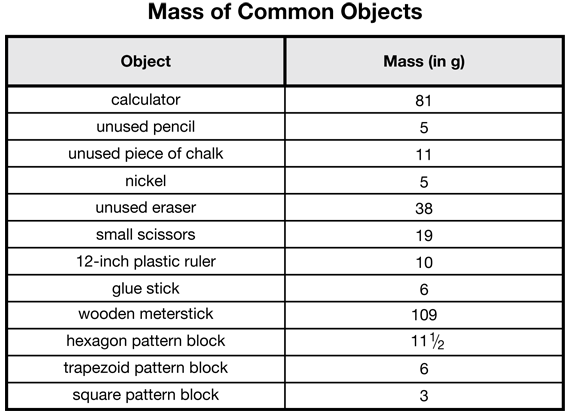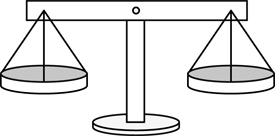In Parts 1 and 2, students find the mass of small objects using a two-pan balance and standard masses. They discuss why they may get different answers for the mass of the same objects and whether these differences are reasonable. In Part 3 students use two-pan balances to write number sentences using the greater than, less than, and equal signs.
Content in this Lesson
- Measuring mass in grams [E6].
- Dealing with precision and accuracy.
- Solving problems involving the measurement of mass [E3].
- Writing number sentences to represent comparisons using the less than (<), greater than (>), or equal sign [E2].
- Collecting and organizing data in a table [E7].
- Identifying multiplicative patterns represented in a table [E1].
Assessment in this Lesson
| Assessment | Expectation Assessed |
|---|---|
|
Observe |
|
|
Balancing Masses |
|
















